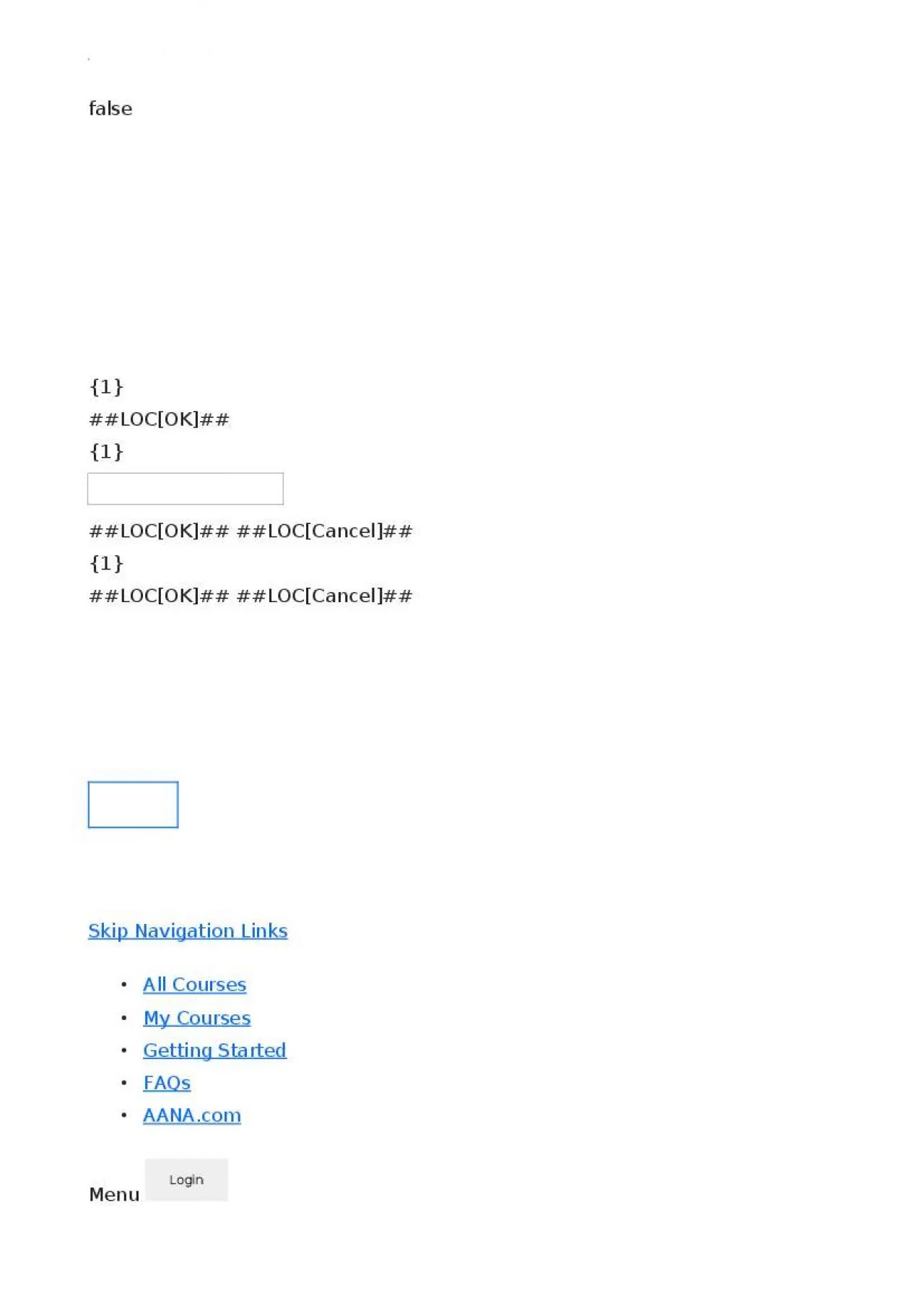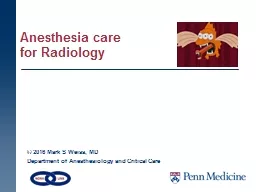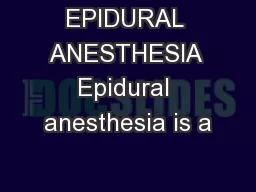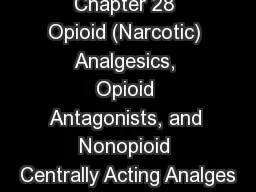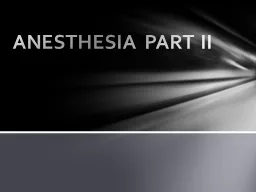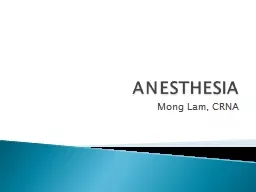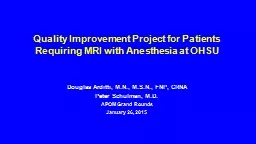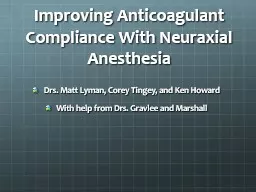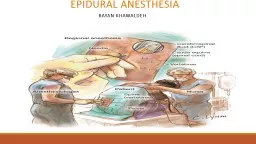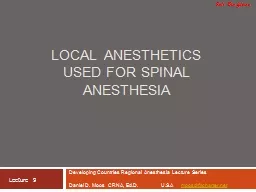PPT-Opioid Free Anesthesia Techniques
Author : delcy | Published Date : 2022-02-14
Copyright 2019 Jason McLott All Rights Reserved Disclosure Statement I have no financial relationships with any commercial interest related to the content of this
Presentation Embed Code
Download Presentation
Download Presentation The PPT/PDF document "Opioid Free Anesthesia Techniques" is the property of its rightful owner. Permission is granted to download and print the materials on this website for personal, non-commercial use only, and to display it on your personal computer provided you do not modify the materials and that you retain all copyright notices contained in the materials. By downloading content from our website, you accept the terms of this agreement.
Opioid Free Anesthesia Techniques: Transcript
Download Rules Of Document
"Opioid Free Anesthesia Techniques"The content belongs to its owner. You may download and print it for personal use, without modification, and keep all copyright notices. By downloading, you agree to these terms.
Related Documents

